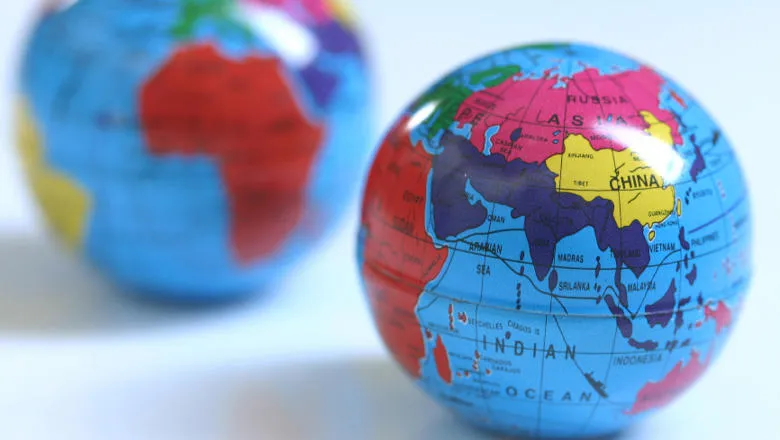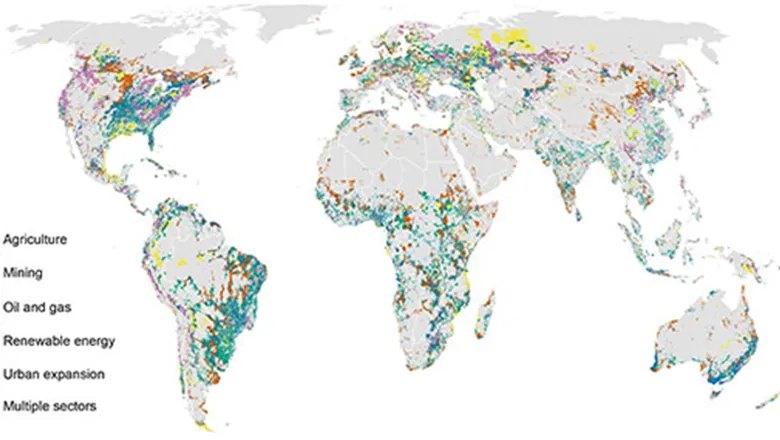Sustainable development means ensuring that we find the right balance between productive land uses such as croplands that provide food, fibre and energy, and natural areas that provide everything else we depend upon. Mapping the complex patterns of NCP provision, biodiversity and human development helps us to understand the trade-offs between these land uses. This work shows the need to incorporate what nature provides into development policy and thereby minimise negative impacts of development on the wellbeing of current and future generations.
Professor Mark Mulligan, Department of Geography
11 January 2024
Less than 20% of the global land area needed for human well-being and biodiversity is currently protected
Conserving about half of the global land area could maintain nearly all of nature’s contributions to people and still meet biodiversity targets for tens of thousands of species.

These are the findings from an international group of researchers, including Professor Mark Mulligan and Dr Arnout van Soesbergen from KCL’s Department of Geography, published in the journal Nature Communications.
However, the group also say the same areas are at risk of conflict with human development with only 18% of the priority land area protected.
Nature’s contributions to people (NCPs) include services such as clean water, carbon storage, crop pollination, and mitigation of flood risk.
Overall ten NCPs were analysed, including four generated by the Co$tingNature and WaterWorld tools developed by KCL and partners to map NCPs, biodiversity, current development pressures, and future development threats at scales from global to local.
The study’s authors found that roughly half (44-49%) of global land area, excluding Antarctica, provides nearly all (90%) current levels of nature's services to people while also conserving biodiversity for 27,000 species of birds, mammals, reptiles, and amphibians.
But their findings also point to potential conflict because 37% of the land areas are highly suitable for development by agriculture, renewable energy, oil and gas, mining, or urban expansion.
Such high development potential, coupled with the fact that few priority areas are currently protected, means that successful conservation will require creative solutions to accommodate both nature and human activities through sustainable use and multifunctional landscape planning
Priority Areas

The map shows areas prioritized for nature's contributions to people and biodiversity that also have high development potential across several economic sectors. Graphic: Rachel Neugarten.
Decision-makers are increasingly including nature conservation in their development decisions. For example, data from Co$tingNature is being used by UK Foreign, Commonwealth & Development Office (FCDO) to understand nature conservation priorities at the national scale, globally.
As multi-scale systems, the WaterWorld and Co$tingNature tools used to support this analysis can also be applied at local and national scales. This is critical since practical conservation and sustainable use actions should always be locally-led and advised by the local social, political and economic situation, which is not possible in global analyses like this.


